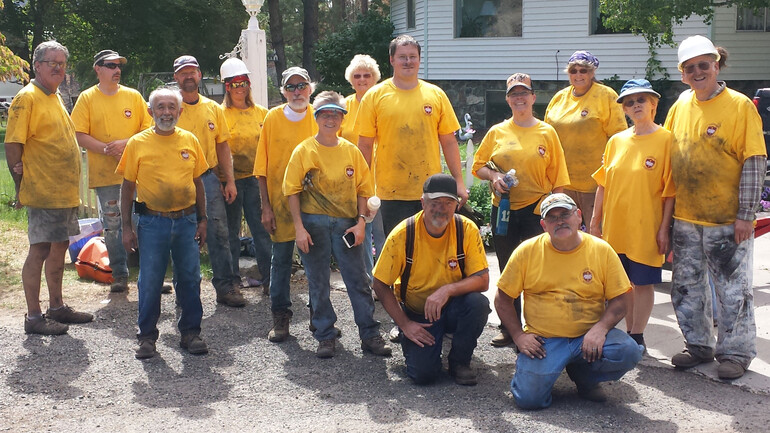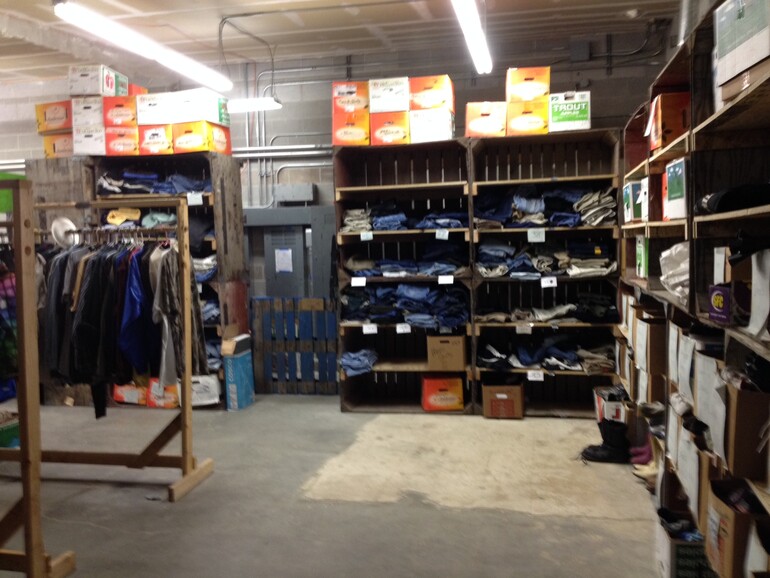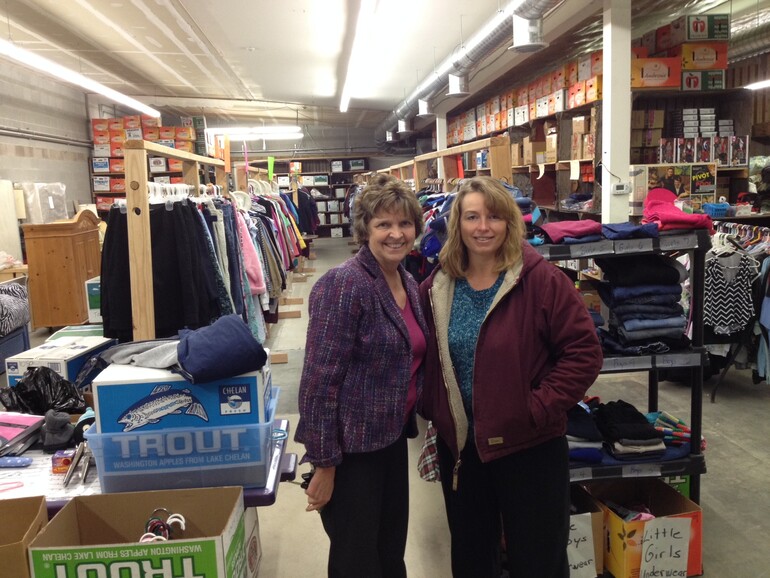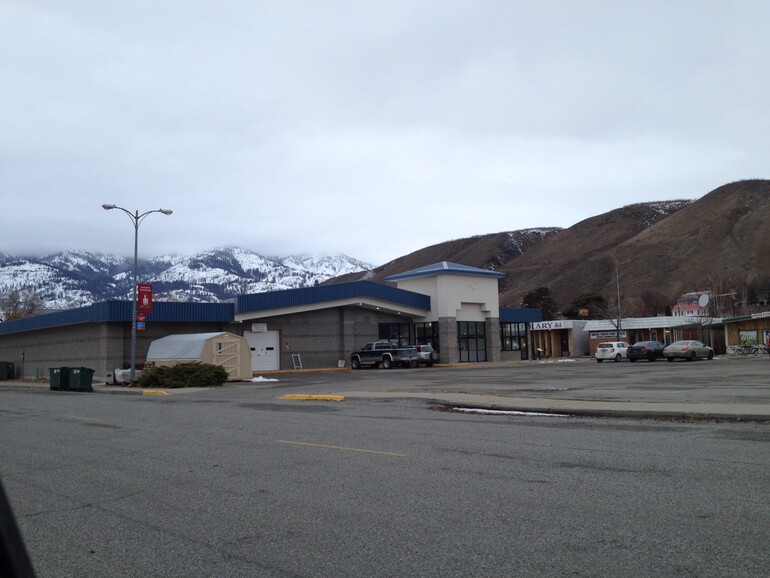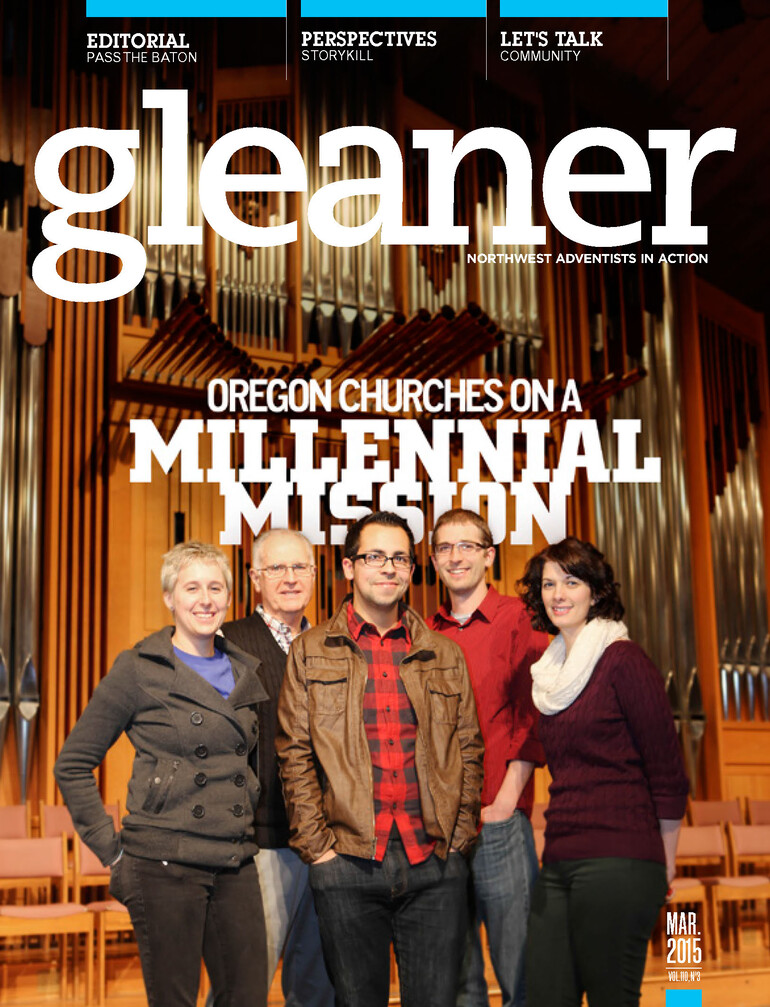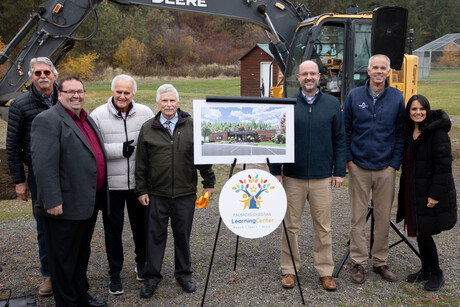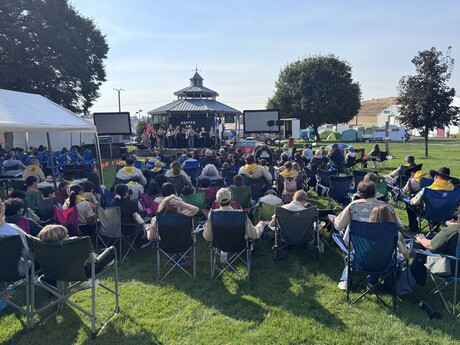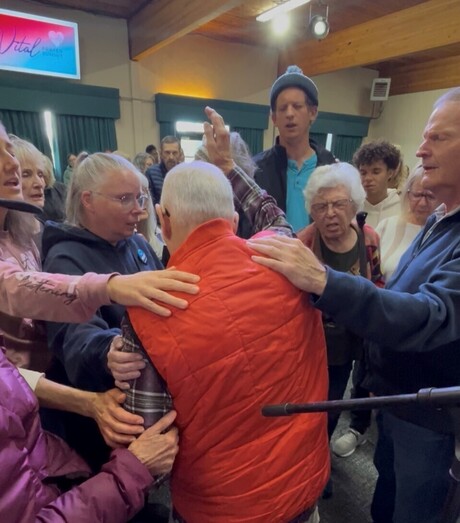A speaker defined a shocking reality: “Imagine a burn the size of the state of Connecticut — then you can begin to realize the loss from the Carlton Complex Fire in Okanogan County last July. This fire destroyed 256 primary homes, 55 percent uninsured.” And the speaker continued with more heartrending facts:
- More than 500 tons of scrap metal have been hauled truckload by truckload from burned-out homes.
- Mudslides threaten.
- Because of bitterbrush loss, two-thirds of the deer herd will be lost.
- Hungry deer threaten apple orchards.
- Recovery time is anticipated to take five to six years.
- Millions of dollars are needed in the recovery.
- FEMA has denied individual aid to people impacted.
This meeting1 in January was attended by more than 50 participants, including three representing Adventist Disaster Response2 (ADR), who listened in a chilly room as county leaders vividly described realities of this fiery holocaust caused by the worst fire event ever in the state of Washington. But how can Adventists make a difference?
The most effective response especially in disasters is working together — churches and conferences, churches and other faith-based organizations, and churches in collaboration with government agencies. In disaster response where the landscape changes daily, individuals or churches working alone rarely bring as positive an impact.
A great example of this teamwork was seen in September in Alta Lake, where 52 homes were lost. A plan was organized by the Brewster Adventist Community Services (ACS) leader, Lola Mae Worth, to assist a local resident who lost not only his home but his business, a golf course. Ed Burns, local tree faller, began falling trees that had burned. Then the Oregon ACS chainsaw crew, under the leadership of Sam Pellecer, assisted a large group of volunteers throughout Upper Columbia Conference (UCC) in a large tree- and brush-removal effort in the mountain community.
The Oregon team also taught an on-site safety class. With the chainsaw trailer, the Oregon crew joined forces for three days and added strength to the endeavor. In the words of Pellecer, “If you were to ask us to come back again to help, we will gladly do it.” Byron Dulan, Washington Conference ADR director, earlier sent leadership assistance in the Okanogan ADR Warehouse and is in regular communication with UCC concerning this recovery effort.
National Adventist Disaster Response is supporting the Pateros Distribution Center and Warehouse, which was set up November 2014 at the request of Okanogan County Long Term Recovery Group. Leading the center is Cindy Cook, a Brewster (Wash.) Church member, who has helped in the area since July and is much appreciated by county entities. Of course, many local members have worked in various endeavors as well.
The Okanogan County leadership has been in conversation with UCC ADR, floating the idea of a large warehouse this spring as structures are rebuilt, but whether this will become a reality is too early to tell. What is known is with so much to do and little dollars and manpower, a combined and coordinated effort works powerfully.
- WAVOAD, Washington Voluntary Organizations Active in Disaster, brings voluntary, nongovernmental organizations together within the State of Washington to foster effective service to people affected by disasters, through communication and collaboration.
- Larry Mays, North Pacific Union Conference Adventist Disaster Response coordinator; Patty Marsh, UCC Adventist Disaster Response director; and Cindy Cook, Pateros Distribution Center and Warehouse director.





